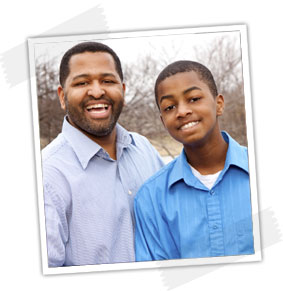3. How to Start
STEPS to Developing and Implementing a Successful Transition Plan
1. Build your transition team
a. Identify people who know the youth well (family, friends, school staff, professionals involved with your child)
b. Identify people who will continue to support the youth outside of school (for younger teens) as well as beyond school (for older teens);
c. Assign or hire a transition coordinator who will facilitate meetings, assign roles, and ensure that action items are completed
2. Gather and share information
Complete the PATH process as the foundation for the plan. The following steps will arise from the PATH process:
a. Identification of goals and actions required to meet goals
b. Assigning responsibility for completing required tasks to team members
c. Identification of timelines for completing tasks
3. Develop the plan:
a. The Plan arises from the correlation of team members’ work.
b. Part of the plan may be carried out by the school, and thus listed in the child’s IEP.
c. Other important lifeskills, as well as recreation and Leisure skills, may be developed through the support of Child and Youth Care worker.
d. Many teens require teaching programs and curriculum developed and implemented under the expertise of a Behaviour Consultant, thus those goals would be contained in another behaviour change planning document.
e. The Transition Coordinator, brings all the pieces together into the Teen Transition Binder, which stores all the components of the plan.
4. Put the plan into action and monitor progress
a. Every 6 months the teen’s team should meet to review the status of the transition plan.
b. As action items and goals are met, check items off and add new goals and actions.
c. Identify obstacles and explore ways to overcome them by enrolling new team members if needed.
5. Meet regularly to update the plan
a. As the youth nears the end of their high school career, meetings may need to be more frequently and new team members from adult services may come on board to replace existing team members.
b. The Transition Coordinator can help find new team members by inviting relevant resource people from the community who can help support the youth and their families into early adulthood.


 Teen Transition Planning Facebook Page (BC Wide)
Teen Transition Planning Facebook Page (BC Wide)